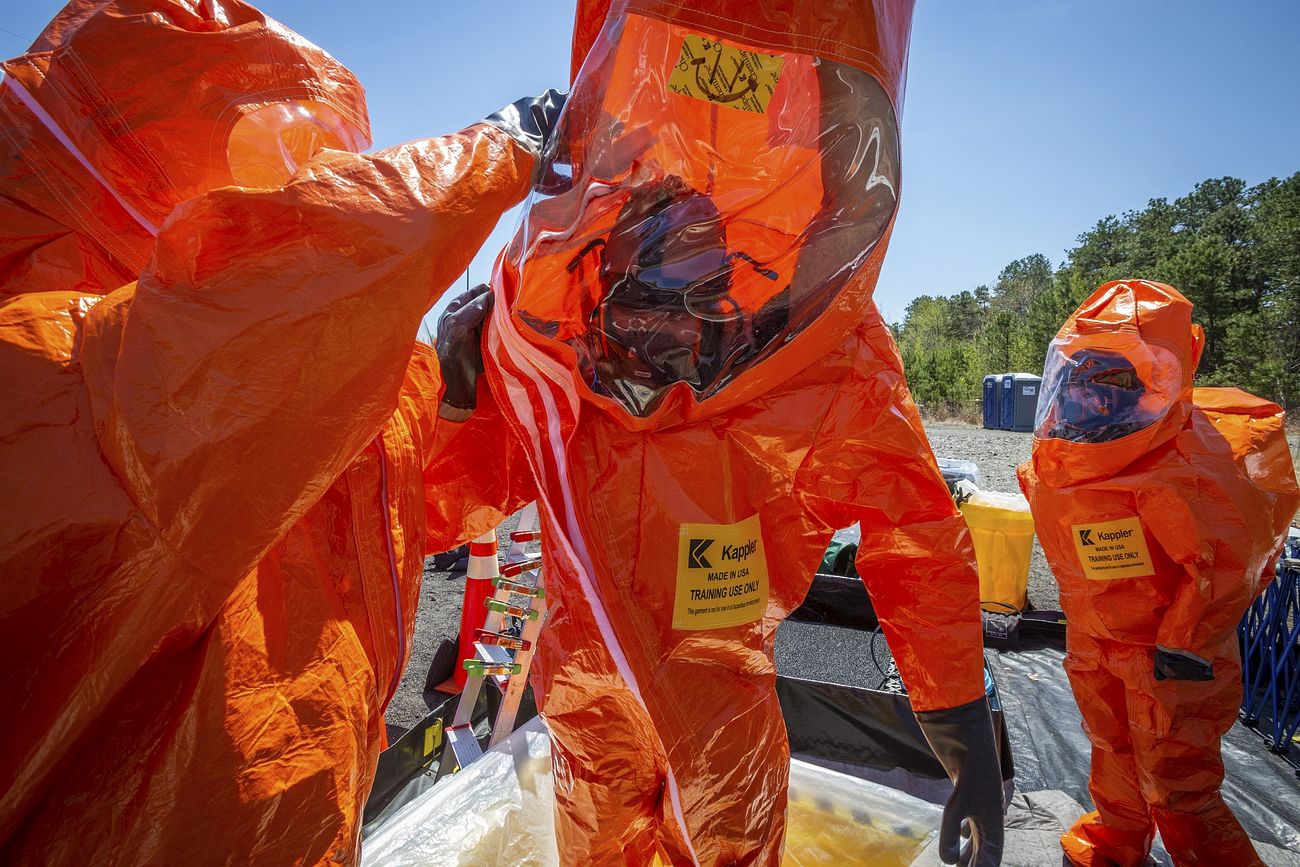
Chemical Handling and Hazardous Materials Training
Introduction
Chemical Handling and Hazardous Materials Training : In today’s industrial landscape, chemical handling and hazardous materials management are crucial aspects of ensuring workplace safety and environmental protection. This article delves into the importance of chemical handling and hazardous materials training, highlighting its significance in preventing accidents, complying with regulations, and safeguarding both human health and the environment.
Understanding Chemical Hazards
The Nature of Chemicals
Chemicals come in various forms, from solids to liquids and gases. Understanding their properties, reactivity, and potential hazards is fundamental to safe handling.
Types of Chemical Hazards
Chemical hazards can be classified into categories such as flammable, corrosive, toxic, and reactive. Each type poses specific risks that must be addressed through appropriate training.
The Importance of Training
Preventing Accidents
Proper training equips employees with the knowledge and skills needed to handle chemicals safely, reducing the likelihood of accidents and injuries.
Regulatory Compliance
Regulations, such as OSHA’s Hazard Communication Standard, mandate that employees receive training on chemical hazards. Compliance is not only essential for legal reasons but also for maintaining a safe workplace.
Key Training Components
Hazard Identification
Training should include methods for recognizing and assessing chemical hazards, including reading safety data sheets (SDS) and labels.
Safe Handling Procedures
Employees need to learn how to handle chemicals correctly, from storage and transport to usage and disposal.
Emergency Response
In case of spills, leaks, or accidents, knowing how to respond swiftly and effectively is crucial. Training should cover emergency protocols.
Training Methods
Classroom Training
Traditional classroom sessions provide a structured environment for learning about chemical hazards and safety measures.
Hands-on Training
Practical exercises allow employees to apply their knowledge and skills, enhancing retention and confidence.
Online Training
In the digital age, online courses offer flexibility and accessibility, making it easier for employees to undergo training.
Benefits of Effective Training
Reduced Risk
Well-trained employees are less likely to mishandle chemicals, leading to fewer accidents and reduced exposure to hazardous substances.
Improved Productivity
Employees who are confident in their chemical handling skills can work more efficiently and without fear, boosting overall productivity.
Environmental Protection
Proper training extends beyond human safety and ensures that hazardous materials are managed in ways that minimize harm to the environment.
Conclusion
In conclusion, chemical handling and hazardous materials training are vital components of workplace safety and environmental protection. By investing in comprehensive training programs, companies can protect their employees, meet regulatory requirements, and contribute to a safer and more sustainable future.
FAQs
- What is the primary purpose of chemical handling and hazardous materials training?
- The primary purpose is to ensure the safe handling, storage, and disposal of hazardous chemicals, protecting both employees and the environment.
- Are there any specific regulations that mandate chemical handling training?
- Yes, regulations such as OSHA’s Hazard Communication Standard require employers to provide chemical safety training to their employees.
- How often should employees undergo chemical handling training?
- Training should be conducted initially upon hire, and then periodically as needed, especially when new hazards are introduced or when procedures change.
- Can online training be as effective as traditional classroom training?
- Yes, online training can be just as effective if it is well-designed and includes interactive elements to engage participants.
- What should I do in case of a chemical spill at my workplace?
- In the event of a chemical spill, follow the emergency response procedures outlined in your training, which may include steps such as evacuation and notifying the appropriate personnel.
























